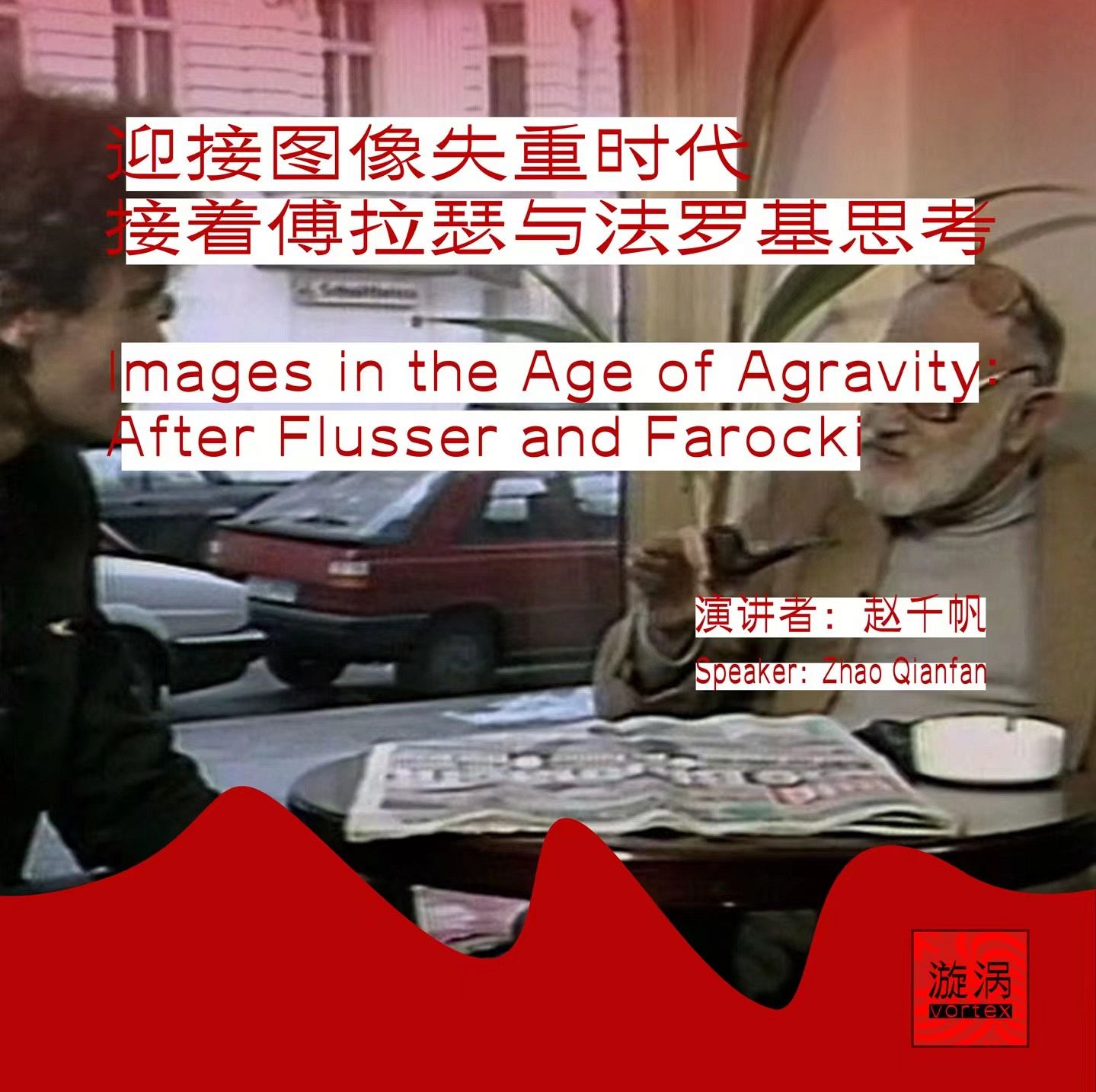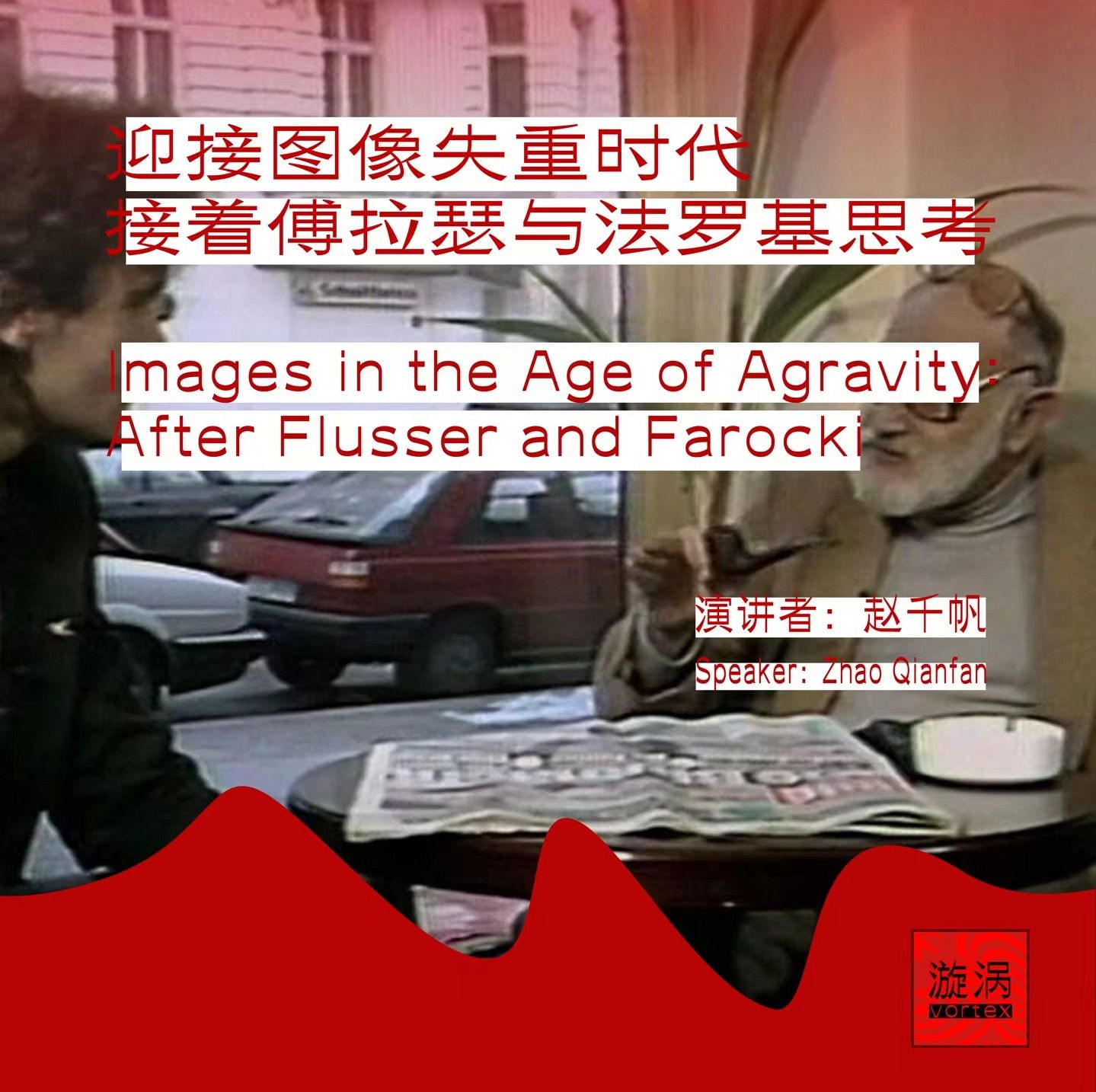2023.09.10 Sunday 19:00
Location
No.3, Lane 40, Wukang Road, Xuhui District, Shanghai
Speaker: Zhao Qianfan

Even those radical technologically oriented experiments in the contemporary art seem bound to the traditional text-image paradigm, instead of being the launch engine that propels us into “the universe of technical images”. This is not only a result of art’s commercial and cultural dependency on the post-structuralist exchange system, but also because artists and curators fail to shed their institutional functions as the editor and managers of images. Consequently, professional artists’ job has increasingly become the production of their own images as customized products in the image-producing industries, rather than to explore and demonstrate how images should be viewed or used. While the creativity of content creators in the Web 3.0 era made up for the unoccupied spheres left by artists, their autonomy was more and more eroded by the clouts chasing algorithm of mega-platforms. Technological geek see hope in inventing a new way of common data control. For art, this calls for a new way to consider the image (as a universally sensate form of data). This is where we bring in the discussion of Vilém Flusser and Harun Farocki’s works.
Vilém Flusser believed that the real revolutionaries are not represented by images. Rather, they use images as a springboard to navigate the reality of the universe of technical images. Harun Farocki explore Flusser’s notion of “operational images” and saw its potentiality in video games. As we who live in the Internet age validated their visions, we also see prospects unforeseeable by them: If we indulge in image-making without acquiring a new kind of freedom from it, we all risk becoming frame sequential images devoid of meaning, frozen in the pseudo-montage of image-grilles, much like data stored in silica nanoparticles, accessed by no one (or left to be accessed by the super-artificial intelligence embedded in the platforms). The key question is how to act without relying on the gravitational environment of the current image-text paradigm. Contemporary art (or, broadly speaking, including all the creative cultural industry) can be seen as a site for such experiments in weightlessness. Or rather, it is evolving into a semi-open platform to test the “anti-gravity engine” (that resists the gravitational pull of the society). To test if we can survive gravity is a task for every ordinary person whose life involves art, who is a receiver and transmitter of images.
Dr. Zhao Qianfan is an Associate Professor in Philosophy at Tongji University. His research fields and interests include aesthetics and critical social theory, specializing in the translation and research of Friedrich Nietzsche and the Frankfurt School and paying close attention to media and image theories.

Vortex is a long-term project. We will update the content of performance lectures by artists and talks by experts both on- and offline. Following the fundamental approach of connecting local practice, theories, and context, we hope that this nonstandard art venue will become a place of torrents, flux, and confluence.
